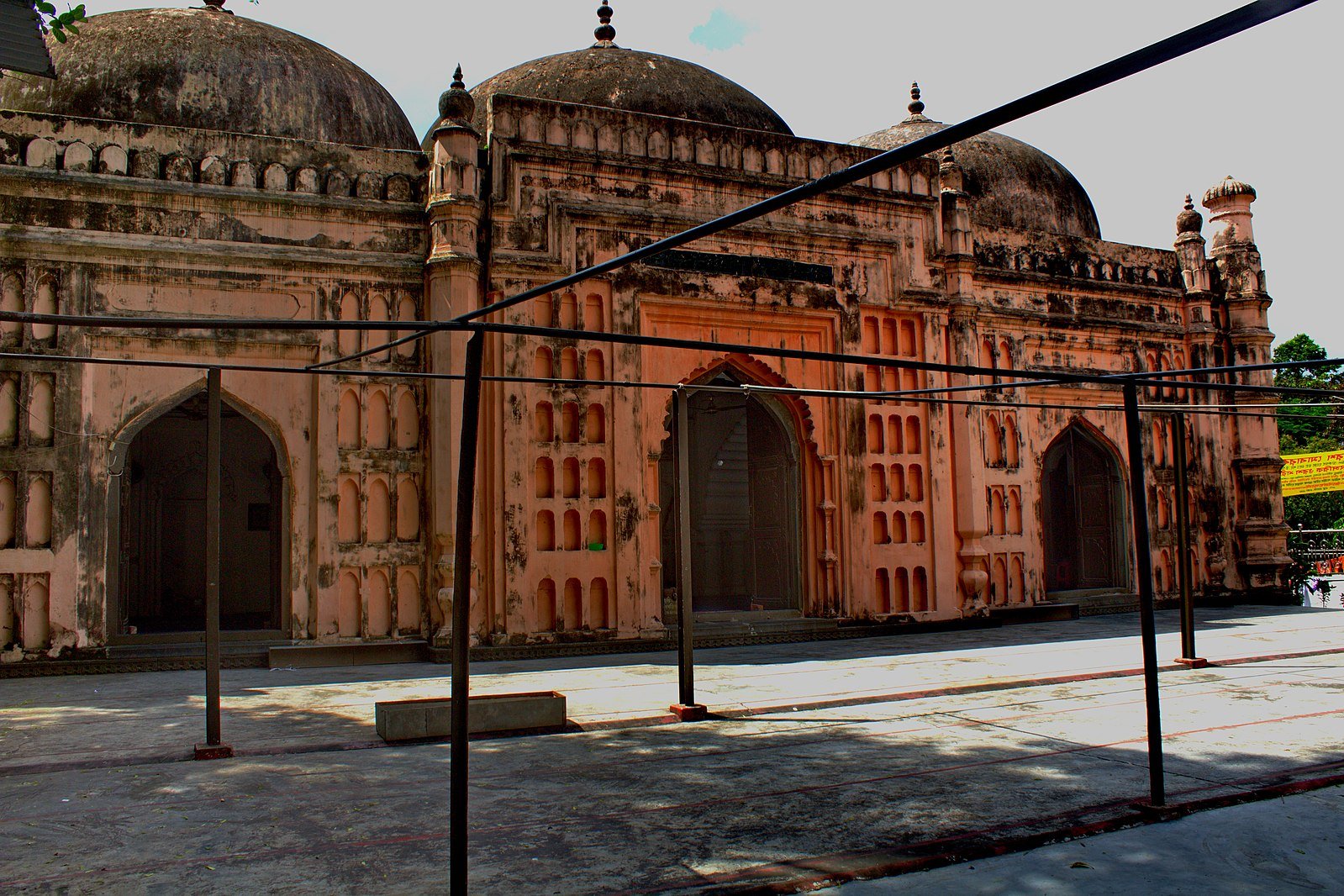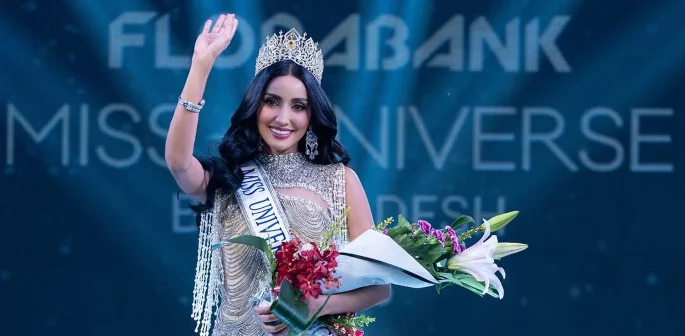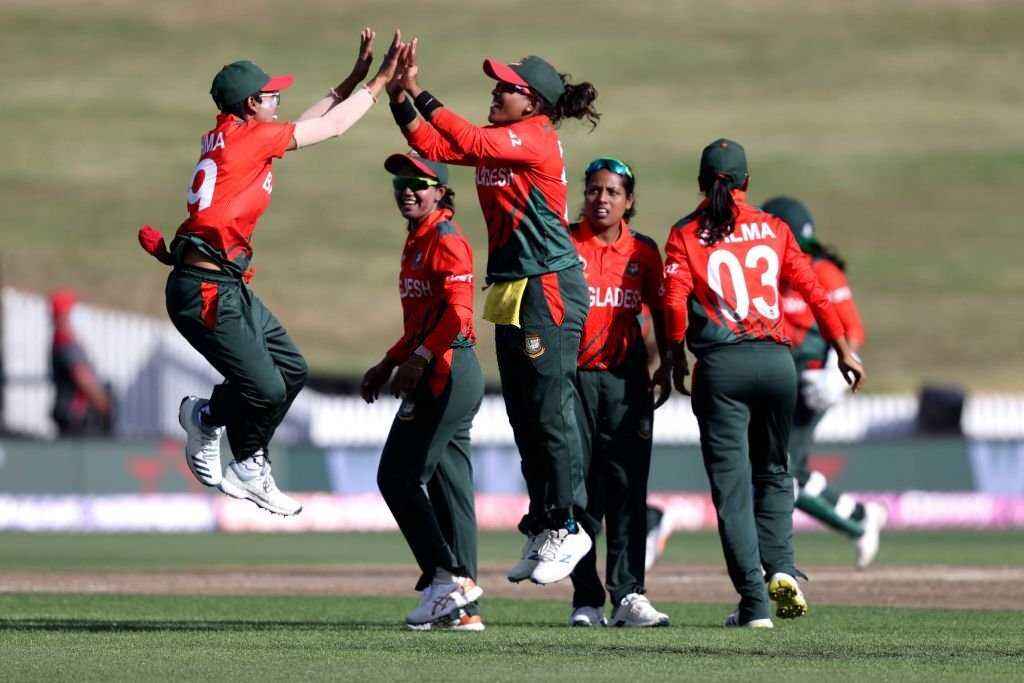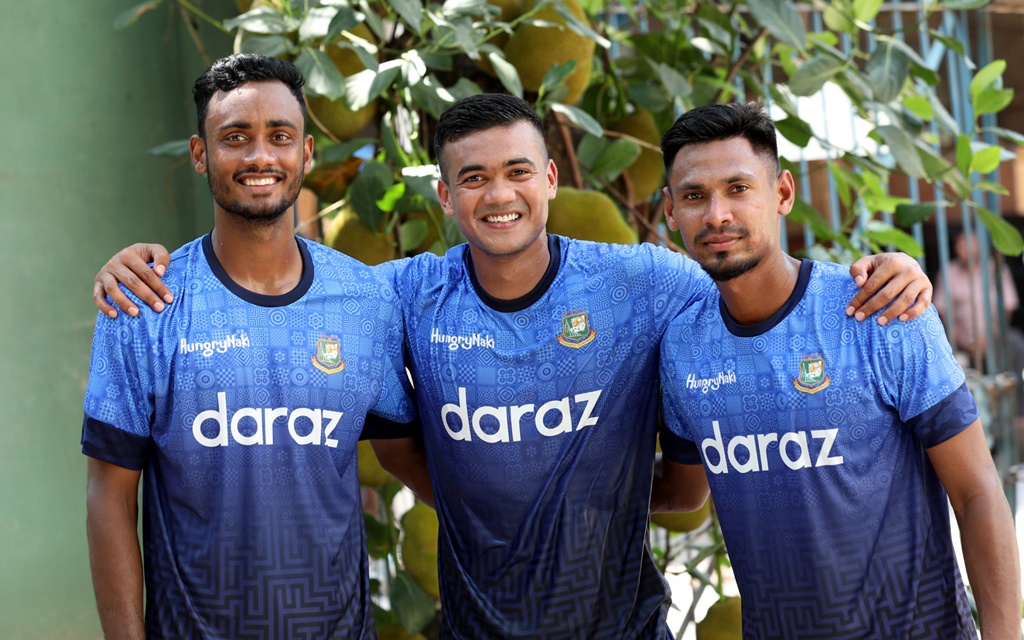Why Cricket Still Unites Bangladesh Like Nothing Else

Cricket: Bangladesh’s Unbreakable Bond of Unity
In a country of more than 170 million people—diverse in language dialects, political opinions, and cultural traditions—there’s one thread that consistently weaves the entire nation together: cricket. From tea stalls in the remotest villages to buzzing city cafés, the game isn’t just a sport in Bangladesh—it’s a shared emotion, a collective celebration, and at times, a source of healing.
Whether it’s a last-ball six or a heartbreaking loss, cricket continues to grip the soul of the nation like nothing else. But why does this sport still hold such a special place in the hearts of Bangladeshis?
A Post-Independence Cultural Anchor
After the traumatic Liberation War of 1971, Bangladesh was a country in search of identity and unity. Cricket, introduced during British colonial rule and later nurtured through informal leagues and street matches, soon became a vehicle for that. By the 1980s and 1990s, local cricket leagues were flourishing, and neighborhood teams were competing with passion.
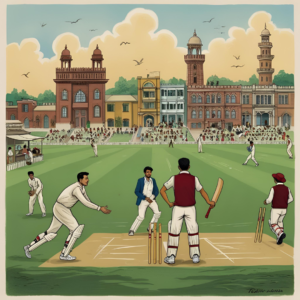
When Bangladesh achieved full membership of the International Cricket Council (ICC) in 2000, enabling them to play Test matches, the game became a symbol of national progress. It was a moment that echoed across TV screens and transistor radios across the country—Bangladesh had arrived on the global stage.
The 1997 ICC Trophy – A Turning Point
Bangladesh’s win in the 1997 ICC Trophy remains one of the most defining moments in its cricketing history. The final victory over Kenya not only qualified Bangladesh for the 1999 World Cup but also ignited a flame of national pride.
According to former captain Akram Khan, who played a pivotal role in that win, “It was more than a game; it was a national mission.” That moment united the entire nation in jubilation and laid the foundation for cricket to become the country’s unofficial national sport.
Mashrafe, Shakib, and the Rise of a Golden Generation
The mid-2000s saw the emergence of a golden generation of cricketers—Mashrafe Mortaza, Shakib Al Hasan, Tamim Iqbal, and Mushfiqur Rahim—who elevated Bangladesh cricket to new heights. Their determination on the field inspired an entire generation and created cricketing heroes every household could look up to.
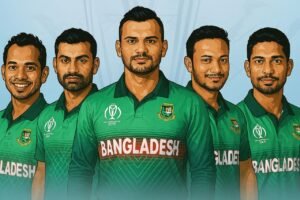
Mashrafe Mortaza, in particular, became a symbol of resilience, battling multiple injuries yet continuing to lead the team. As the captain during the 2015 ICC World Cup, he led Bangladesh to the quarterfinals, defeating England in a historic match.
The Shakib-Tamim-Mushfiq-Mashrafe era not only brought in wins but also trust in the team’s potential—fans believed, for the first time, that Bangladesh could beat any team on its day.
More Than a Game: Cricket as a Political and Social Unifier
Bangladesh is no stranger to political unrest, hartals, and ideological divides. Yet, during major cricket tournaments, there is an almost magical truce. Flags go up in neighborhoods, families gather around the TV, and everyone from rickshaw-pullers to corporate executives share the same dream: a Tigers victory.
This unique power to suspend division and invoke unity has made cricket a social balm. Unlike politics or religion, cricket transcends differences. In rural char areas or Dhaka’s Dhanmondi, cricket fever looks the same.
Even political leaders often show support for the national team during World Cup seasons, posting messages and waving the red-and-green flag, further cementing cricket as a national equalizer.
Global Diaspora, Local Pride
Cricket is also one of the few emotional connections for the Bangladeshi diaspora across the world. Whether in New York, London, or Sydney, Bangladeshis rally behind the national team in restaurants, public screenings, and online forums. Social media explodes with memes, analysis, and chants of “Joy Bangla” and “Go Tigers!”
According to a 2022 report by the ICC Fan Insights, Bangladesh had one of the most engaged fanbases globally on digital platforms during international tournaments—testament to cricket’s grip beyond the borders.
Street Cricket: The Heartbeat of Urban Life
In every alley and empty field, cricket thrives in Bangladesh. Plastic balls, homemade wickets, and “one-tip-one-hand” rules make up childhood memories for millions. The informal culture of street cricket not only keeps the spirit alive but also serves as the first training ground for many aspiring stars.
Even in flood-hit or cyclone-affected regions, kids can be seen playing barefoot cricket, turning adversity into joy. It’s not just recreation—it’s resilience.
Media and the Cricketing Narrative
The role of mass media in glorifying cricket cannot be overlooked. Local channels like GTV, T Sports, and BTV regularly air matches, interviews, and analysis shows. With the rise of online streaming and platforms like YouTube and Facebook Live, fans now have round-the-clock access to cricket content.
From radio commentary in remote villages to TikTok videos dissecting match strategies, cricket has become an omnipresent conversation.
Moreover, moments like Mustafizur Rahman’s IPL debut or Litton Das’s innings against India go viral instantly, generating national pride and international buzz.
Emotional Investment Like No Other
When Bangladesh wins, the whole country celebrates with fireworks, motorbike parades, and chants of “Bangladesh! Bangladesh!” But when the team loses, social media turns into a sea of heartbreak. Tears are shed, statuses are changed, and memes mourn together.
In 2023, when Bangladesh narrowly lost a World Cup match against Pakistan, a trending hashtag on Facebook was #TigersForever, reflecting how emotional investment transcends results.
The pain and pride are shared. Cricket is, therefore, not just followed—it’s felt.
The Bangladesh Premier League (BPL) – A Cricket Carnival
The BPL, Bangladesh’s very own T20 league, has added another layer of cricket mania. With franchises representing different cities and international stars like Chris Gayle and Andre Russell playing alongside local talent, BPL games attract millions of viewers.
The league has also helped in talent discovery, with players like Mehidy Hasan Miraz and Taskin Ahmed gaining popularity through their BPL performances.
More than just a tournament, the BPL is a festival of hope, entertainment, and patriotism.
Challenges Ahead, But Faith Unshaken
Despite inconsistent performances and internal controversies within the Bangladesh Cricket Board (BCB), the fans remain loyal. This unwavering support pushes the players to bounce back stronger.
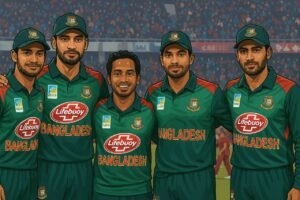
As new talents like Towhid Hridoy, Tanzim Sakib, and Mahmudul Hasan Joy emerge, the future looks promising. Fans hope that Bangladesh will one day lift an ICC trophy—but even without it, the love for cricket remains undiminished.
More Than a Sport, It’s Bangladesh’s Pulse
In a country that often struggles with socioeconomic disparity, natural calamities, and political gridlocks, cricket offers a break—a reason to smile, scream, hope, and dream. It’s a collective heartbeat during tense chases, a moment of silence during nail-biting overs, and a nationwide roar after a victory.
No other force—neither music, politics, nor football—unites Bangladesh quite like cricket. It’s the country’s biggest emotional export, a badge of identity, and a proof that together, anything is possible.
Meet the rising fast bowlers fueling Bangladesh’s cricketing dreams and keeping the nation’s hopes alive – A look at the rejuvenated pace trio of Bangladesh
